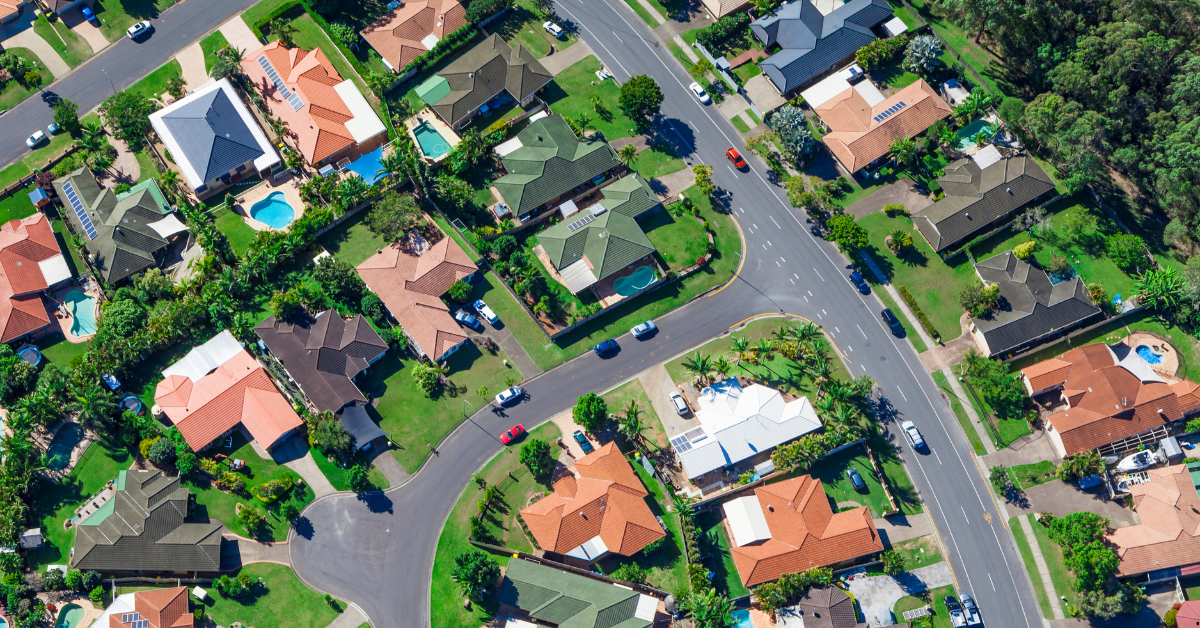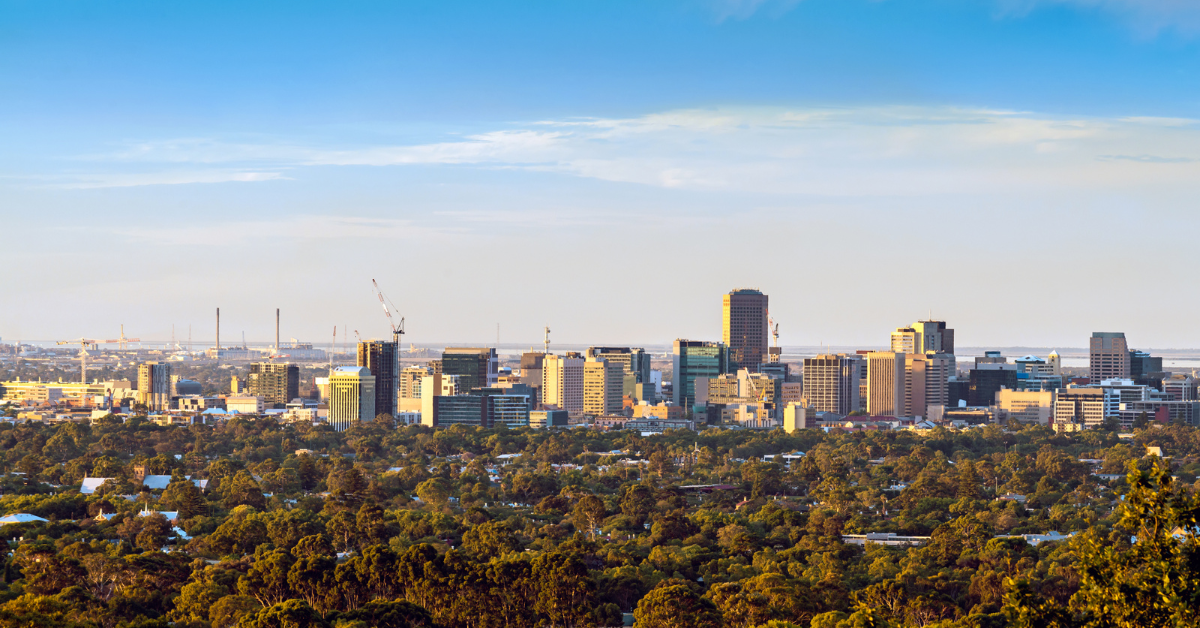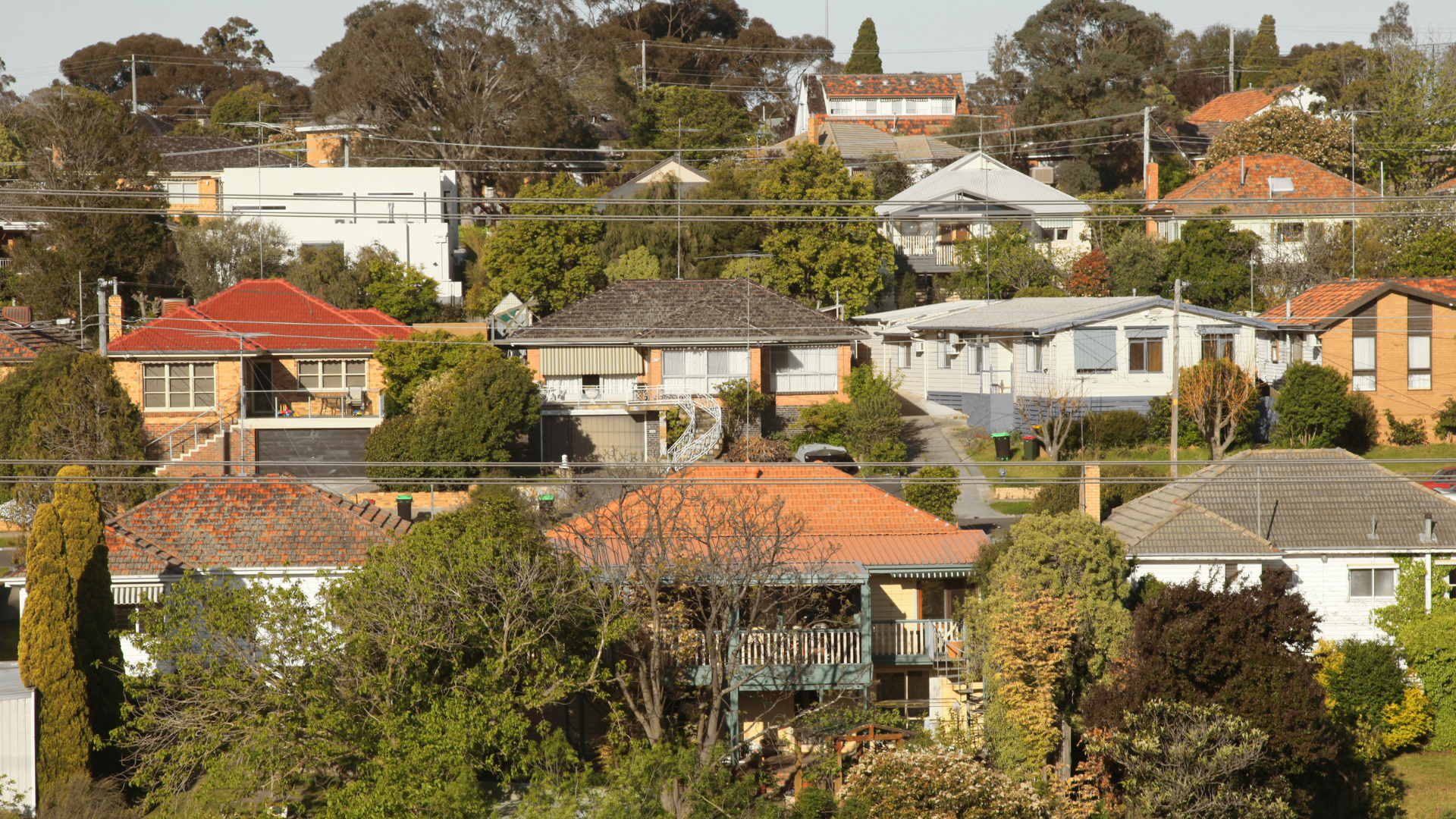The Australian housing market is a dynamic and ever-evolving landscape. With the second half of 2024 already on our doorstep, investors and homeowners alike are eager to understand the trends and predictions that will shape the market in the coming year.
In this article, we’ll dive deep into Australian housing Market Trends and What to Expect in 2024 through insights from industry experts and recent market analysis.
Key Takeaways On Australian Property Market
- Moderate growth in house prices across most Australian cities.
- Anticipated rate cuts in late 2024 are expected to boost market activity in 2025.
- There are varying dynamics across different cities, with strong growth in Sydney, Brisbane, and Adelaide and weaker trends in Melbourne and Hobart.

1. Market Overview
The Australian property market in 2024 is poised for a dynamic year, building on the resilience and lessons learned from the past few years. With historical data as a guide, current indicators suggest a mix of steady growth and emerging opportunities across residential, commercial and industrial sectors. Understanding these shifting patterns in interest rates, government policies, and demographic shift is crucial for investors who are looking to navigate the evolving property investment landscape with confidence.

Historically, Australia’s housing market has demonstrated robustness amid various economic cycles. Previous years have shown resilience in the face of global uncertainties, and these experiences underscore the importance of adaptive strategies in responding to changing market conditions.
In 2024, the market reflects a nuanced blend of past resilience and future optimism. Factors such as anticipated adjustments in interest rates, influenced by inflationary pressures and global economic trends, echo historical patterns of how monetary policy shapes property market dynamics.
Moreover, demographic shifts, including population growth driven by immigration trends, mirror historical precedents that have shaped demand-supply dynamics across major cities.

For investors, drawing parallels with past market behaviours can provide insights into potential investment strategies. Historical performance metrics, coupled with current economic forecasts, offer a holistic view of market trends.
This historical perspective not only informs decisions but also enhances preparedness in seizing opportunities amidst an evolving property landscape.
Economic Indicators
The economic landscape plays a crucial role in shaping the property market. In 2024, interest rates are expected to peak at 4.35% before gradually falling to 3.1% by the end of 2025.

This decline in interest rates is anticipated to encourage borrowing and high demand for properties, leading to a rise in property prices.
Future lending conditions and inflation could significantly influence house prices in Australia. Though if the RBA continue to raise interest rates to curb inflation, borrowing costs could rise and borrowing capacities will be limited further, which could potentially slow property demand.
Population Growth and Housing Supply
Population growth and housing supply are significant factors influencing the property market. Australia’s property market is experiencing the classic challenge of high demand, clashing with low supply. Our population continues to rise, driven by both immigration and natural growth.

This year, net overseas migration figures far exceeded initial estimates, reaching an impressive 518,100 in FY23. Government projections suggest that we’ll see over half a million more migrants in the next two financial years.
This population surge translates to an increasing need for housing, particularly in our major cities. Although the Labour government plans to build 1.2 million new homes by 2029 to address this issue, experts caution that this effort may fall short.
The reality is that new housing construction hasn’t kept pace with the growing demand. The outcome? Increased competition for available properties is driving prices higher.

For investors and homebuyers alike, navigating these dynamics with the guidance of experienced real estate professionals can help capitalise on opportunities in a competitive market environment.
2. Infrastructure Developments and Impact on Property Markets
Australia’s property market in 2024 is significantly influenced by ongoing and planned infrastructure developments. Major projects such as transport upgrades, new hospitals, schools, and commercial developments are reshaping local economies and property landscapes.
Those seeking first or additional home ownership should be aware of the following challenges:
- Economic Indicators: infrastructure developments play a pivotal role in Australia’s economic landscape, driving growth in property values and local economies. Projects like the Sydney Metro expansion and Melbourne’s West Gate Tunnel are expected to bolster housing demand and support price appreciation.

- Population Growth and Housing Supply: Areas benefiting from infrastructure developments often see a surge in population growth, as improved transport links and amenities attract new residents. This influx increases competition for housing, contributing to upward pressure on prices.

3. City-Specific Trends
National house and unit prices are forecasted by KPMG to continue to rise by 5.3% and 4.5% in 2024. This overarching trend will be felt across various cities, each with its own unique dynamics and factors influencing the property market. Let’s delve into the specific trends shaping the property markets in these capital cities.
Sydney
Sydney remains one of the most sought-after locations for property investment. Despite high property prices, the city’s market continues to grow steadily. In 2024, properties in Sydney are expected to see a 7-9% increase in the median price, supported by strong demand and limited supply.
Melbourne

Melbourne’s property market showed slight declines earlier this year, but it’s expected to recover with a 2-4% increase in the median house price in 2024. The city’s diverse economy and cultural appeal continue to attract both domestic and international investors.
Brisbane
Brisbane is poised for significant growth, with an anticipated 7-8% rise in house prices in 2024. The city’s affordable property prices compared to Sydney and Melbourne, coupled with strong population growth, make it an attractive investment destination.
Perth
Perth is primed for solid growth, with house prices projected to rise by 6-7% by the end of 2024. Supported by a thriving mining sector and attractive property affordability, Perth remains a favoured destination for property investors.
Adelaide
Adelaide’s property market is also on the rise, with an expected 7-8% growth in house prices in 2024. The city’s steady economic growth and increasing population support this upward trend.

Hobart
Hobart’s market is expected to see modest growth of 2-4% in 2024, reflecting recent adjustments in growth forecasts. Despite this, Hobart continues to offer unique opportunities in a picturesque setting.

4. Future Outlook
In 2024 and the upcoming years, anticipated rate cuts by the Reserve Bank of Australia (RBA) are set to significantly influence the property market. These cuts are expected to stimulate economic activity, resulting in accelerated growth in both house and unit prices by 2025.
The lowered interest rates are likely to make mortgages more affordable, enticing more buyers into the market and potentially driving up property values across various segments.

Australian cities with strong economic fundamentals, robust employment prospects, and infrastructure investments are anticipated to experience heightened demand and price appreciation. This includes metropolitan areas with burgeoning industries such as technology, healthcare, and renewable energy, which are attracting both domestic and international investment.
However, while the outlook is optimistic, potential buyers and investors should remain mindful of broader economic factors and market fluctuations. Keeping abreast of regulatory changes, supply dynamics, and local market conditions will be crucial for making informed decisions and capitalising on opportunities in the evolving property landscape.
Anticipated Rate Cuts
One of the most significant factors influencing the property market is the anticipated rate cuts expected in late 2024. These cuts by the Reserve Bank of Australia (RBA) are expected to stimulate economic activity in the market by making borrowing cheaper and more accessible in 2025.
The anticipated rate cuts are not only expected to boost market activity but also play a crucial role in supporting affordability for those seeking home ownership as well as investors. Reduced borrowing costs could encourage more buyers to enter the market or upgrade their existing properties, contributing to heightened competition and price appreciation.
However, while rate cuts are generally favourable for the property market, potential buyers and investors should remain vigilant of broader economic conditions, including inflationary pressures and global economic trends, which could impact future monetary policy decisions and market dynamics.

Outlook of this year
The Australian property market in 2024 is set to experience moderate growth, driven and influenced by economic factors such as anticipated interest amendments and ongoing housing supply dynamics. The market’s resilience and adaptability, coupled with strategic government interventions, are expected to sustain demand and bolster property values across various regions.
Cities like Perth, Brisbane, and Adelaide emerge as promising hubs for investors seeking growth opportunities fuelled by infrastructure developments, population growth, and affordable housing options. These cities offer favourable conditions for entry into the property market, with potential for capital appreciation and rental growth.

Meanwhile, Sydney and Melbourne continue to attract investors looking for stability and long-term value, supported by established economic fundamentals, robust employment markets, and cultural amenities. Despite recent adjustments, these cities remain pivotal in the national property landscape, offering enduring appeal to both local and international investors.
As the property market evolves, stakeholders are advised to stay informed about emerging trends, regulatory changes, and market conditions specific to their investment goals. By leveraging expert advice and conducting thorough due diligence, investors can navigate opportunities and optimize their positions in Australia’s dynamic property market.

With the anticipated rate cuts and positive market dynamics, the property market is poised for an exciting year ahead, so seize the opportunity to build a prosperous future with Liviti’s expertise in property investment.
Read More: Best Places To Find Off Market Properties In Australia 2024
6. Frequently Asked Questions (FAQ)
Q: What are the current trends in the Australian property market?
A: The Australian property market is experiencing significant demand driven by population growth, particularly from high immigration rates. National house prices are forecasted to rise by 5.3%, and unit prices by 4.5% in 2024. There is also a notable disparity between supply and demand, leading to increased competition and higher property prices.
Q: What are the hottest sectors in the Australian commercial property market right now?
A: Currently, the hottest sectors in the Australian commercial property market include industrial properties, driven by the growth of e-commerce and logistics, and office spaces in prime locations, which continue to attract significant investment.
Q: What opportunities should investors look for in the Australian property market in 2024?
A: Investors should focus on areas with strong population growth, infrastructure developments, and economic activity. High-yield investment opportunities in suburban markets and balanced property investments that combine growth and rental income are particularly attractive in 2024.
Q: What are the best suburbs to invest in within the Sydney property market?
A: Some of the best suburbs to invest in Sydney include those undergoing significant infrastructure developments, offering a blend of affordability and growth potential. Suburbs such as Parramatta, Blacktown, and Western Sydney regions are expected to show strong growth.
Q: What are the key growth areas in the Melbourne property market?
A: In Melbourne, key growth areas include suburbs with new infrastructure projects, good transport links, and strong community amenities. Areas such as the inner north, west, and southeast suburbs are forecasted to experience substantial growth.
Q: How can first home buyers navigate the current property market?
A: First home buyers can navigate the market by researching government grants and schemes, focusing on emerging suburbs for more affordable options, and getting pre-approval for home loans to strengthen their purchasing position.
Q: How can buyers find off-market properties in Australia?
A: Buyers can find off-market properties by working with experienced real estate agents who have access to these listings, networking within the industry, and leveraging property search platforms that offer exclusive off-market opportunities.




